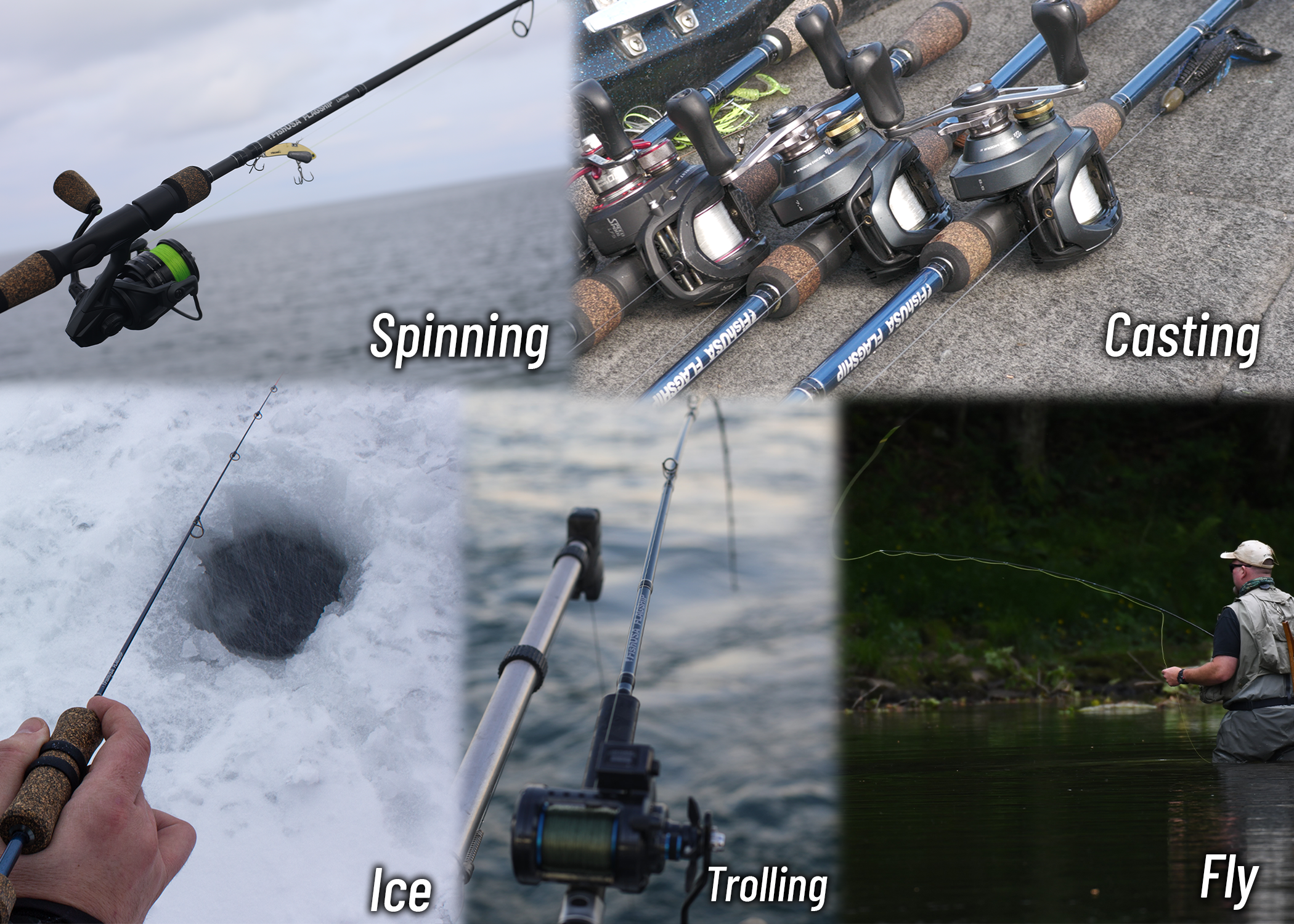Choosing the Correct Fishing Rod to Maximize Your Success on the Water
Table of Contents
1. Determine Your Fishing Style

2. Understand Rod Action

3. Choose the Right Rod Power
4. Select the Appropriate Rod Length
5. Consider Rod Material
6. Match the Rod to the Reel
7. Evaluate Line and Lure Ratings
8. Consider Special Features
9. Test for Comfort
10. Stick to Your Budget
Final Thoughts
Shop Fishing Rods

